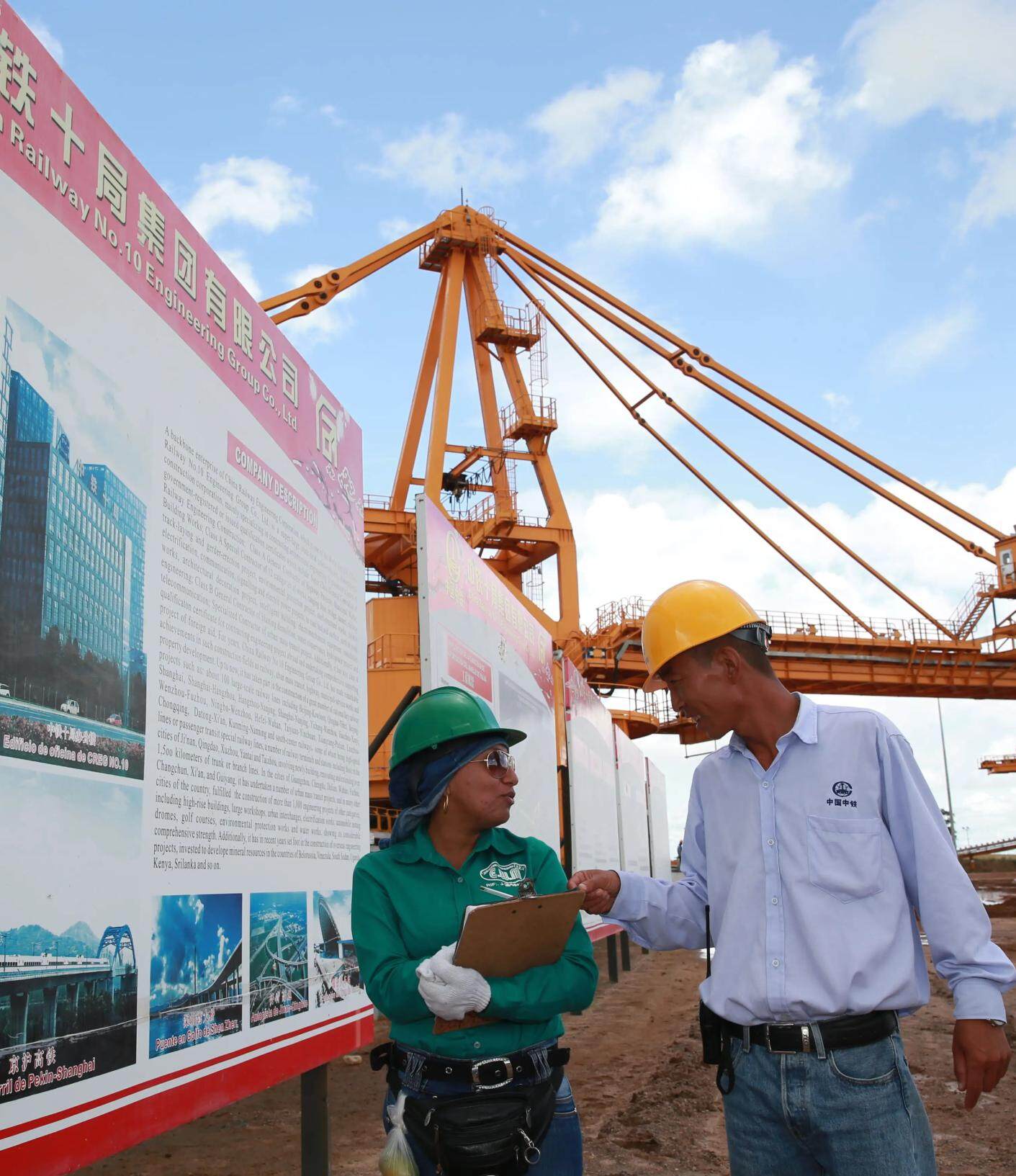- In the first five months, China's foreign contracted projects completed a turnover of 344.34 billion yuan, an increase of 0.5%
- China's non-financial direct investment in countries along the Belt and Road has grown rapidly, indicating that China's globalization layout is still accelerating

At present, the world is undergoing profound changes unseen in a century, and the world economy has fallen into recession. Against the background of global cross-border investment under pressure, China's foreign investment cooperation has maintained a reasonable and orderly growth trend.
As more Chinese enterprises explore and participate in global industrial chain supply chain cooperation, foreign investment and cooperation may continue to increase. However, the new crown pneumonia epidemic and the conflict between Russia and Ukraine have made Chinese companies face many challenges in "going out".
The structure becomes more diverse
In terms of investment methods, on the one hand, with the new round of industrial digital transformation triggered by the new crown pneumonia epidemic, medical and life sciences and other fields may continue to lead the overseas investment of Chinese enterprises, and the investment methods will show the trend of technology, diversification and cross-domain On the other hand, countries will focus on promoting green growth, and coping with climate change has become an international consensus. Investments related to green and sustainable development will gradually increase, and green infrastructure, green energy, green transportation, and green finance will become the focus of international investment cooperation. Important direction and content.

In terms of regional distribution, since 2022, China will continue to actively promote high-quality joint construction of the Belt and Road, and investment cooperation between China and countries along the Belt and Road will remain active. At the same time, under the RCEP framework, investment among member countries is also expected to drive domestic foreign direct investment in Southeast Asia and countries along the Belt and Road.
Regional focus
According to data released by the Ministry of Commerce, from January to May, China's foreign non-financial direct investment was 287.06 billion yuan, a year-on-year increase of 2.3% (equivalent to US$44.6 billion, a year-on-year increase of 3%). Among them, the investment in the wholesale and retail industry was 8.08 billion US dollars, a year-on-year increase of 20.8%; the investment in the construction industry, scientific research and technical services also showed a growth trend. During the same period, the turnover of foreign contracted projects was 344.34 billion yuan, a year-on-year increase of 0.5%; the newly signed contract value was 507.2 billion yuan, a year-on-year decrease of 5.4%.

This set of data is the best portrayal of the development trend of China's foreign investment and cooperation. First of all, in terms of investment scale, since the outbreak of COVID-19, global trade and investment activities have been affected by multiple problems such as supply chain crisis, energy crisis and food crisis. However, China's foreign investment cooperation has grown against the trend and has maintained a stable and healthy develop. Secondly, from the perspective of regional distribution, non-financial direct investment in countries along the Belt and Road continued to maintain a high growth, and the investment showed a trend of increasing both in scale and proportion. The completed turnover and newly signed contract value of the countries along the Belt and Road also maintain a high proportion, indicating that driving the development of the Belt and Road region is still the main line of China's overseas investment. From the perspective of investment structure, outbound investment in the construction industry, scientific research and technical services is on the rise, indicating that compared with manufacturing, transportation, wholesale and retail as the main target industries in the past, China's outbound investment structure more diversified. Keywords: infrastructure, infrastructure construction, planning and investment

According to data from the Ministry of Commerce, from January to May, China's non-financial direct investment in countries along the Belt and Road was US$8.19 billion, a year-on-year increase of 10.2%, accounting for 18.4% of the total during the same period, an increase of 1.2 percentage points from the same period last year. The turnover of contracted projects in countries along the Belt and Road was US$28.55 billion, and the value of newly signed contracts was US$38 billion, accounting for 53.4% and 48.2% of the total. Judging from the data, in the first five months, China’s non-financial direct investment in countries along the Belt and Road has grown rapidly, and foreign contracted projects have been steadily advancing, indicating that China’s globalization layout is still accelerating. status further increased. This is mainly due to two reasons: First, most of the countries along the Belt and Road are developing countries and emerging economies, which are in the public health fields such as social security housing and other livelihood projects and medical facilities, as well as infrastructure such as industrialization and new infrastructure. There is a strong demand for funds in the field. Second, the implementation of RCEP has driven the growth of China's investment in countries along the Belt and Road. Most of the RCEP members are countries along the Belt and Road. The implementation of RCEP will play an important role in promoting the joint construction of the Belt and Road. Editor / Xu Shengpeng
Comment
 Praise
Praise
 Collect
Collect
 Comment
Comment
 Search
Search














Write something~